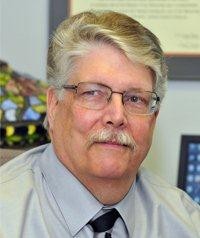
By RON WILSON
Huck Boyd National Institute for Rural Development
“If only those tombstones could talk….” Have you ever had that thought while visiting a cemetery? Today we’ll meet a rural community which is giving a voice to fascinating histories of the past.
Karen Sturm is tourism coordinator for the chamber of commerce in Caldwell. This is a volunteer position, as was her time spent as president of the local historical society.
“I’ve always loved history,” Karen said. As a child, she enjoyed reading historical books. Karen grew up at Caldwell and married a farmer. They have two sons and four granddaughters.
Caldwell is located near the Oklahoma border. It played a significant role in the 1893 Cherokee Strip Land Rush into Indian Territory, now Oklahoma. In 1990, the community of Caldwell began a three-year process to prepare for the centennial of the land rush. Karen stepped in to help with this celebration and learned much more about the fascinating history of Caldwell.
“It revitalized our town,” Karen said. Volunteers helped put up signs and improved the downtown area. In one vacant lot which had grown up in weeds, the lot was cleaned up and landscaped, a shelter was built and historical markers were added. It is now Heritage Park.
Caldwell had been nicknamed the Border Queen, positioned as it was along the Oklahoma line. It was a wild, wide open Cowtown in the days of the cattle drives along the Chisholm Trail. Being a lawman in Caldwell was nearly impossible. For example: Between 1879 and 1885, the town went through 16 marshals.
Violence was rampant. Outlaws were buried in Caldwell’s boot hill, and a cemetery was begun northwest of town.
As volunteers prepared for the land rush centennial in 1993, they wanted to find an engaging way to share the fascinating true stories of people from Caldwell’s past. They thought about a cemetery tour and then thought of having people in period costumes who would tell the stories in person while depicting the deceased. The activity was so popular it has continued ever since.
“Talking Tombstones” is the name of this program, consisting of volunteers in costume sharing their stories at the cemetery. For example, a cowboy with a rifle stood next to his gravestone and told of being killed in a cow camp shootout. Other volunteers might depict a successful lady of the evening, an early day lawman who was shot in the line of duty, the common law wife of a man who was hung at the stockyards, or a pioneer undertaker. (The local mortician plays that one.) Karen herself portrays the widow of Caldwell’s first marshal.
“This has become our most requested activity,” Karen said. It’s performed for bus tours, school groups, and more. That’s a creative idea for a rural community like Caldwell, population 1,264 people. Now, that’s rural.
More than 20 historical markers mark the downtown streets, describing historic buildings and true stories of wild shootouts and more. These signs are entirely funded by private donations and local businesses.
In 1995, the town erected giant steel silhouettes south of town, depicting a longhorn cattle drive of yesteryear. The school’s art teacher and students created the design. Local welders built it. The rural telephone company, Kan-Okla, used its big equipment to mount the silhouettes in the ground. A local cement company poured concrete. Caldwell now conducts an annual Chisholm Trail Festival each May.
In 2002, the town’s old opera house was going to be condemned and razed. “The historical society bought the building for the back taxes,” Karen said. In four years, the opera house was beautifully restored. It hosts various community events. Near the opera house, a beautiful metal arch on two massive limestone pillars was built in 2011.
All of these activities are conducted by volunteers. “Our local businesses have been very supportive of letting people take time to do these things,” Karen said. For community information, see www.caldwellkansas.com
.
“If only those tombstones could talk…” Caldwell has found a way to give these tombstones an actual voice. We commend Karen Sturm and all those involved with the Talking Tombstones for making a difference by bringing history to life.

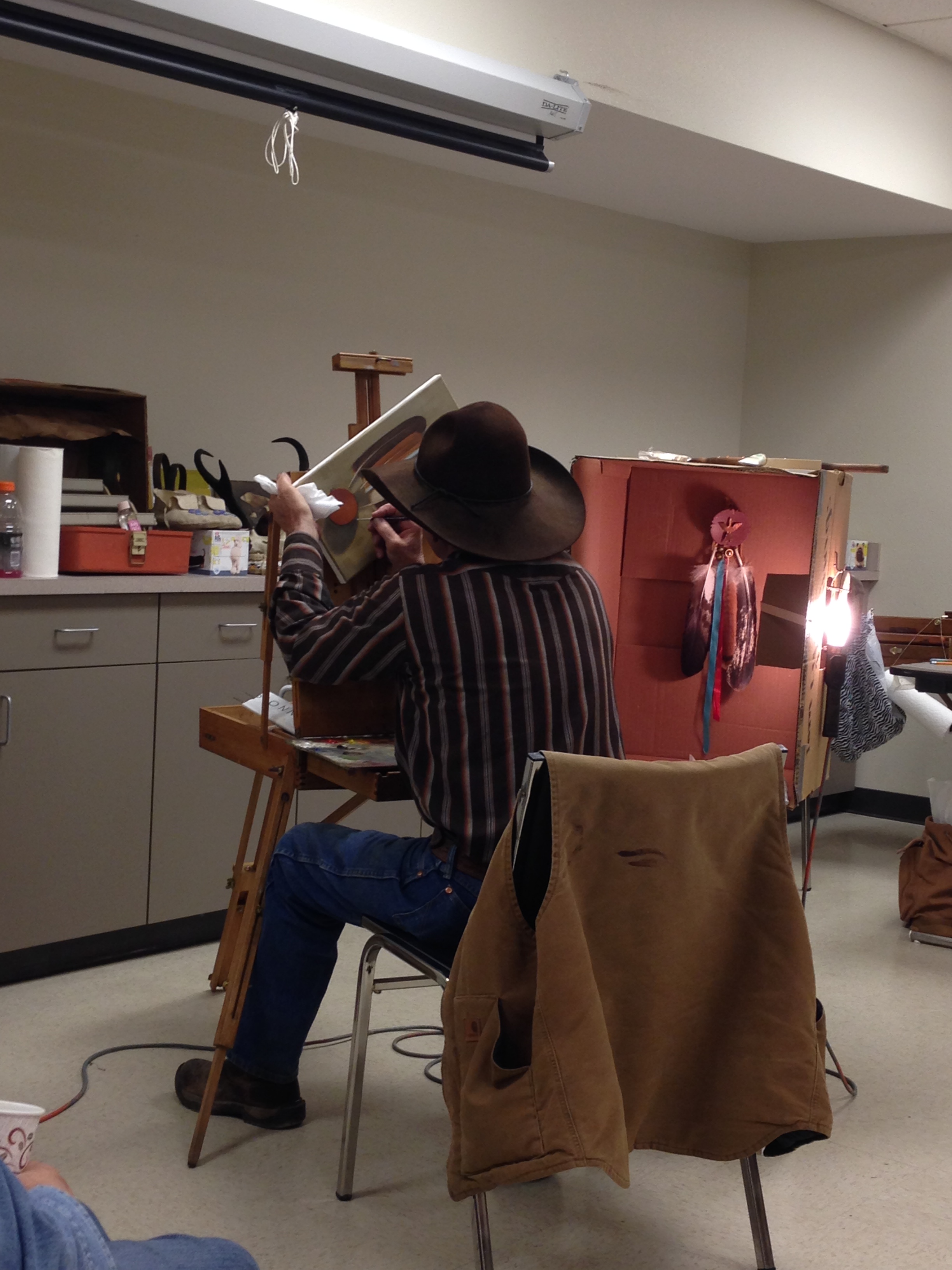


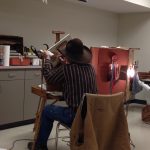







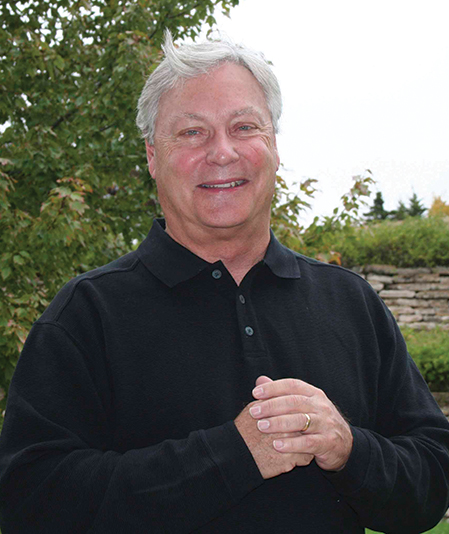

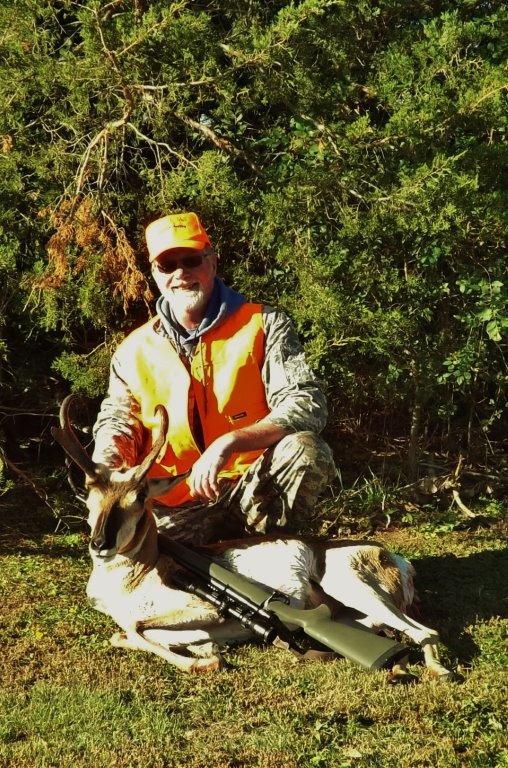




 Texting and driving endangers you as a driver and everyone around you. When you take your eyes off the road, the chances of causing a devastating vehicle crash increase dramatically.
Texting and driving endangers you as a driver and everyone around you. When you take your eyes off the road, the chances of causing a devastating vehicle crash increase dramatically.



